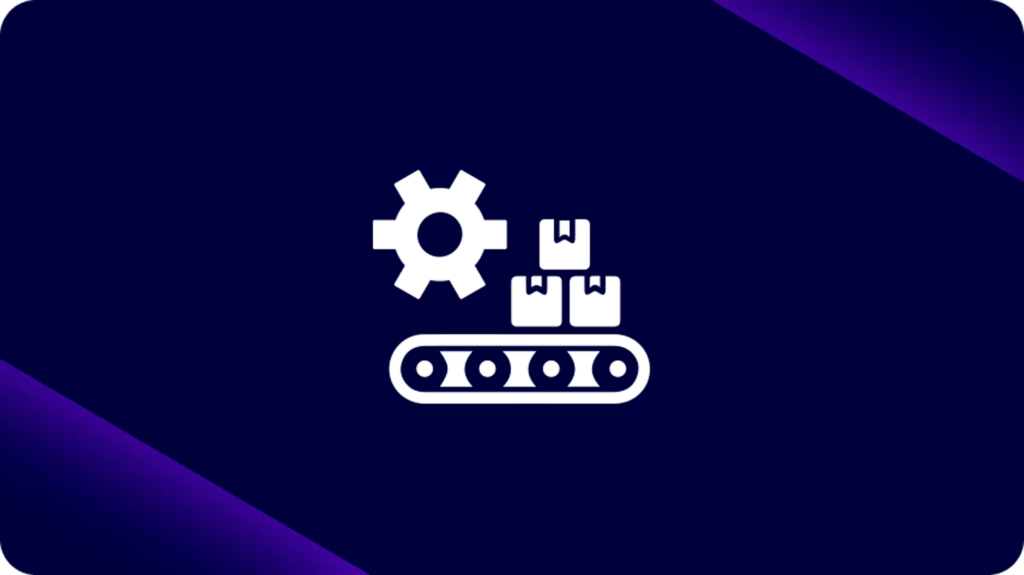October 26, 2022
A ideia de integração de sistemas e dados atingiu um ponto de inflexão. A maioria das empresas já reconhece o papel essencial que uma arquitetura integrada moderna desempenha em seus planos de transformação digital. No entanto, relativamente poucas conseguiram colocar esse entendimento em prática de forma bem-sucedida.
Segundo o relatório State of Enterprise Integration , 71% das empresas estão planejando ativamente adotar, complementar ou substituir suas tecnologias de integração. Já o Gartner Integration Maturity Model observa que muitos departamentos de TI ainda estão apenas nos estágios iniciais de desenvolvimento de competências em integração – isso, quando já deram os primeiros passos.
Adotar uma solução iPaaS adequada logo no início pode oferecer às empresas uma vantagem tecnológica sobre seus concorrentes. Mas como acelerar a integração para alinhar o progresso da organização à sua importância estratégica?
>> Agende uma demonstração personalizada com nossa equipe de especialistas e veja como o iPaaS da Digibee trará eficiência ao seu negócio.
Por que a necessidade de integração acelerada?
A avaliação de maturidade do Gartner sugere que aproximadamente 30% das organizações estão apenas começando sua jornada de integração, sendo que uma parcela significativa dessas ainda não reconheceu o valor de uma estratégia de integração abrangente.
Por que investir em integração? Isso realmente importa? A resposta curta é: sim, importa muito.
Integrações precárias – ou a ausência completa de integração – geram uma série de impactos mensuráveis e negativos nos negócios. Com base em dados coletados de mais de 1,000 CIOs e arquitetos de sistemas, os efeitos mais frequentemente citados de uma falta de integração incluem:
- Incapacidade de adotar novas práticas e tecnologias que impulsionem o crescimento (48%)
- Ineficiências que impactam diretamente o sucesso do negócio (48%)
- Falta de agilidade para responder às mudanças do mercado de forma oportuna (40%)
- Desperdício de recursos, já que os departamentos de TI ficam presos à manutenção e a tarefas de baixo valor (37%)
Todos esses pontos reforçam o entendimento de que problemas de integração de dados são, na verdade, problemas de negócios que afetam o crescimento, a rentabilidade e o sucesso a longo prazo.
As fases de maturidade da integração
O Modelo de Maturidade de Integração do Gartner divide o progresso das empresas em direção à implementação de estratégias abrangentes de integração em cinco estágios, agrupados em três fases principais.
Começando a jornada
A fase de “começando a jornada” na avaliação de maturidade do Gartner inclui dois de seus cinco estágios:
Ad Hoc
- Sem uma estratégia formal de integração
- Pouco ou nenhum reconhecimento da integração como uma questão ou disciplina interdependente
- Ferramentas de integração não são usadas ou são usadas apenas ocasionalmente para projetos específicos
- Qualquer solução de integração depende fortemente de codificação ou scripts personalizados
Iluminado
- A integração é reconhecida como uma questão importante
- Não há uma responsabilidade formal definida para a integração
- Recursos de TI são alocados para a aquisição e suporte de soluções de integração
Dados do relatório State of Enterprise Integration: 71% das empresas estão adotando a integração.
Padronização
O Gartner estima que cerca de 60% das empresas estão nesta fase, que inclui mais dois estágios:
Centralizado
- A integração é reconhecida como uma competência, supervisionada por um centro de competência de integração (CCI) formalmente definido
- O CCI emprega diversos especialistas, seleciona plataformas e ferramentas e define as melhores práticas
- Representa o nível mínimo no modelo de maturidade de integração do Gartner necessário para atender efetivamente à crescente demanda por integração
Dados do relatório State of Enterprise Integration: 74% dos profissionais de TI na indústria relatam a necessidade de integração para lidar com até 60% de seu backlog de TI.
Colaborativo
- Sistemas implementados para atender às necessidades de integração em toda a empresa
- O Centro de Competência de Integração (CCI) evolui para uma equipe de capacitação estratégica de integração (ISET, na sigla em inglês)
- A ISET seleciona e entrega ferramentas de integração em um serviço centralmente governado
Utilidade empresarial
Nesse estágio final, a integração está enraizada na cultura digital da organização, com o entendimento de que ela deve ser uma competência abrangente que inclui tanto parceiros internos quanto externos. A ISET facilita a integração de autoatendimento, apoiando usuários corporativos que ocasionalmente precisam realizar tarefas de integração no cumprimento de suas funções.
Dados do relatório State of Enterprise Integration: 79% dos profissionais de TI corporativos afirmam enfrentar períodos de inatividade mais longos e impactantes do que o esperado.
Como alcançar uma integração eficiente
As descobertas da avaliação de maturidade do Gartner e os dados do relatório State of Enterprise Integration convergem para ressaltar a importância de uma estratégia de integração abrangente para toda a organização – e o fato de que muitas empresas ainda estão longe de implementá-la. Então, como as organizações podem acelerar sua integração para atender aos níveis necessários e responder à crescente demanda?
- Seja realista sobre as necessidades da sua organização e o que ela pode implementar
- Pare de enxergar a integração apenas como uma ferramenta para minimizar custos e passe a tratá-la como um multiplicador de valor
- Eduque sua equipe sobre padrões de integração e tecnologias disponíveis
- Identifique casos de uso para integração em sua organização e desenvolva uma estratégia com base nesses cenários
- Defina as funcionalidades principais que serão utilizadas para avaliar soluções de integração
- Alinhe os stakeholders em relação aos requisitos de integração necessários para a transformação dos negócios
- Planeje e desenvolva uma plataforma híbrida de integração e um modelo de autoatendimento
- Aplique suas novas capacidades estrategicamente em oportunidades de negócios
- Promova a integração de autoatendimento em toda a organização e experimente iniciativas lideradas por usuários corporativos para testar e aprimorar sua estratégia
Lembre-se: a falta de uma estratégia de integração eficaz pode gerar custos tangíveis para sua empresa. Embora o caminho para implementar uma estratégia pareça desafiador, a integração acelerada é alcançável se for abordada com cuidado e método.
A Digibee acelera as integrações corporativas
O exclusivo iPaaS empresarial da Digibee pode ajudar sua organização a acelerar as transformações digitais e aumentar a maturidade de TI da sua empresa – e conseguimos fazer isso mais rápido do que qualquer outra solução de integração.
Para saber mais sobre como acelerar a integração e determinar em que estágio sua empresa se encontra, solicite uma demonstração hoje.








